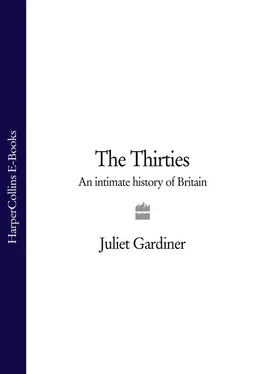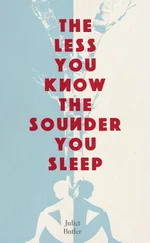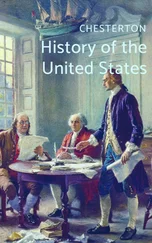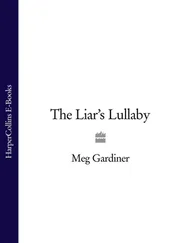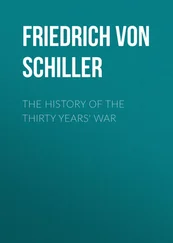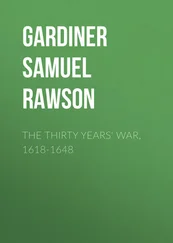Some initiatives were essentially social clubs, organised locally and spontaneously, usually financed by the members, and intended to be money-making activities. Some, like those in Wales (where drinking in pubs on the Sabbath was not permitted) had licensed bars, and most had a billiards table and a wireless which supplied continuous background music. Such clubs in cities tended to be in the poorer districts. In Liverpool there were reputed to be nearly 150, most housed in empty shops, cellars or basements. Apart from the ubiquitous billiards table, raffles were organised, ‘the glittering prize quite often being a box of groceries with a bottle of beer or whisky for the man’, card games and other ‘petty gambling games — sometimes not so petty — are played from morning to night’. Many clubs organised a football team, and some a ‘Wembley Club’ into which members would pay a sixpence a week so that every other year when the international football match between England and Scotland was played at Wembley ‘a charabanc is hired and club members attend the match and go sight-seeing in London’. At Christmas an outing to the local pantomime would be organised, and ‘since some of the clubs are not lacking in the spirit of service to others, an old folk’s treat or free film show for the kiddies of the locality is occasionally provided’.
There were, as Mais recognised, already a number of ‘occupational clubs’ in areas of high unemployment. The Society of Friends had started an educational settlement at Maes-yr-Haf in the Rhondda in 1927, and another in Brynmawr the following year. Mais spoke approvingly of a club in Lincoln where ‘unemployed engineers cook the dinners for their own nursery school, mak[e] furniture for the Orphanages, toys for imbecile children, and invalid chairs for the decrepit aged’, and still found the energy for ‘Greek dancing’ in the evening. This was probably the one started in 1927 by the WEA, which had been founded in 1903 to ‘link learning with labour’, with the motto ‘An enquiring mind is sufficient qualification’.
The spread of such centres had been given a boost in January 1932 when the Prince of Wales, the (briefly) future King Edward VIII, who was patron of the National Council of Social Service (NCSS), speaking at a meeting at the Albert Hall called upon the British people to face the challenge of unemployment ‘as a national opportunity for voluntary social service’, and ‘refusing to be paralyzed by the size of the problem, break it into little pieces’. The response was heartening. By that autumn over seven hundred schemes were in operation in various parts of the country, and by mid-1935 the number had grown to over a thousand centres for men and more than three hundred for women, with a total membership of over 150,000. Many provided occupational opportunities as well as the usual facilities for billiards, dancing and reading. In the depressed areas of Lancashire there were 114 centres for men and thirty-five for women. There were nine in Glasgow, the same number in Liverpool and twenty-one in Cardiff. In the Rhondda there were between thirty and forty clubs which offered activities ranging from choral and operatic societies to mining outcrop coal. In Manchester, where there were some thirty centres for the unemployed (seventeen providing facilities for men to repair their own and their families’ shoes), an orchestra was formed among unemployed musicians which in May 1933 gave a recital on the BBC North Regional Service, while Gladys Langford, a generally rather discontented North London schoolteacher, went to Queen Mary’s Hall, Bloomsbury to hear the British Symphony Orchestra, ‘a body of unemployed musicians conducted by Charles Hambourg. He is a stocky little man with a bulging bottom much accentuated by a very short lounge jacket. Enjoyed the music.’
Many clubs used church halls or schoolrooms, which might only be available for a few hours a week, but in some cases disused premises were offered, perhaps a local church, shop, pub or empty factory, or in the case of Salford a fire and police station, and the unemployed spent time painting and equipping them as places in which they would want to spend time.
Some of the clubs received help from their local authority, or Lord Mayor’s Fund, others from voluntary social service agencies under the umbrella of the NCSS, the Pilgrim Trust, the Society of Friends, the WEA, which also allowed the unemployed to attend its classes free of charge, or the National Unemployed Workers’ Movement (NUWM). Others were ‘adopted’ by local industrial or other concerns, though they tended to manage them undemocratically, with little input from the members, a situation that ‘seems to have been based on the theory that unemployed men were unfitted to take any responsibility for their own Clubs and that the Management Committee, by definition, knew what was good for the men better than the men knew it themselves’.
There were five residential centres, including Hardwick Hall in County Durham, which opened in October 1934, and provided classes in upholstery and bookbinding as well as more usual crafts; The Beeches, Bournville, which was solely for women (courses there only lasted for two weeks rather than the usual six, since it was presumed that women could not afford to be away from home for any longer); and Coleg Harlech, an established adult education college which regarded itself as the Welsh equivalent of Ruskin College, Oxford. In October 1933 the Coleg started running residential courses for the unemployed offering a more academic curriculum rather than crafts and practical skills.
The various organisations received small — if any — grants from the government, usually via the NCSS or the Scottish Council for Community Service. By March 1935 the Ministry of Labour had tipped in £80,000, while voluntary donations totalled more than £125,000. However, while Thomas Jones spoke of ‘trying to fob off the unemployed with a miserable grant of a few thousand pounds to Ellis’ show [Captain Lionel Ellis was chairman of the NCSS]’, the voluntary schemes appeared to value their independence from government funding — and control.
Despite the stringency of its financial support, the government rarely failed to instance the success of such schemes in dealing with the ‘residual problem’ of the long-term unemployed. And there were many successes: on Clydebank, where one club had ‘a membership of seven hundred and twenty three and a waiting list of two hundred’, and where men were ‘split into fifty groups, occupied in motor mechanics, dress-making, photography, shorthand, music, swimming, boot repairing, metal work, woodwork and wireless’; a Boys’ Club in Barnsley where members took ‘a nightly run’; Blackburn, which had its own parliament, or Barnard Castle, where traditional quilt-making was being revived.
The Reverend Northcott described a club in Darwen in Lancashire, where only twenty-eight of the sixty cotton mills were still working. It was housed, ‘ironically enough, in a building which had been used as a Labour Exchange … The motto is “Occupation of Hand and Brain”.’ Facilities were provided for ‘cobbling of all descriptions, woodwork classes, discussion circles, lectures and concerts. Twenty men a day pursue the art of rug making. There is first-aid instruction, a physical instruction group, and singing lessons given in a room in the fire station. Men have gone to camp, played cricket regularly, and have learned to swim.’
Since, according to the vicar, the ‘Lancashire woman who has gone to the mill has not been a great housewife’, a women’s centre was ‘helping its members in the management of their families’ food and clothes’, and a number of the occupational centres had women’s sections. ‘Members bring old clothes and are shown how to remake them … The men have made wheelbarrows out of old boxes and wheels made out of circular discs. Jigsaw puzzles were made out of magazine pictures and three-ply wood.’ In a neighbouring centre an unemployed weaver of fine cloth ‘modelled two vases of fine shape’ out of old gramophone records he had melted down, ‘and felt immediately that he was in the line of genuine potters’. It cost a penny a week to belong to such a club, and this entitled a member to vote for a committee which drew up the programme of activities.
Читать дальше
